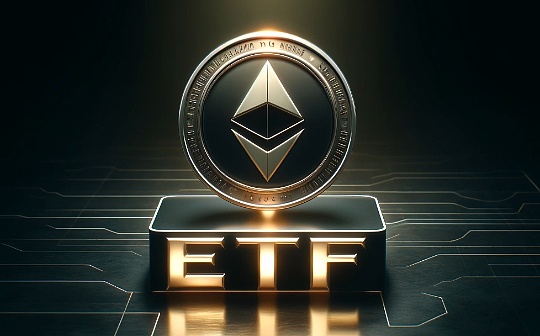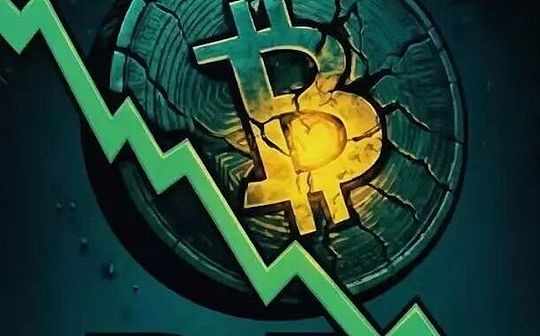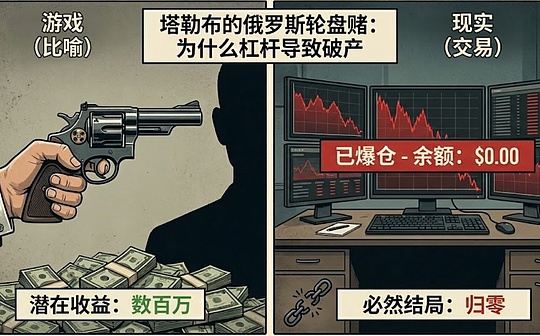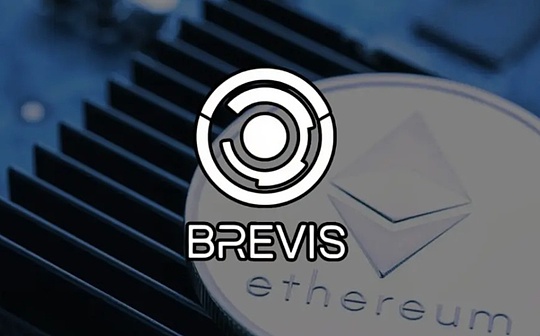
Author: Macauley Peterson, Blockworks; Compilation: Songxue, Bitchain Vision Realm
The latest Ethereum Full -core Developer Meeting finally determined some tentative date for the next main network hard split DENCUN upgrade plan.
It should be noted that only “if there is no major problem”, Ethereum developers are paying attention to the following date to split the public test network of Ethereum:
-
Goerli: 1.17
-
Sepolia: 1.30
-
HOLESky: 2.7
This will be the last time Goerli has been included in the test plan, and the network is expected to be discarded.
They also discussed the next thing -the Prage/Electra upgrades that have not been nicknamed.The Ethereum community is considering whether to focus on a large core function (which may take a year) or upgrade it around multiple small improvements (this may be achieved at the end of 2024).
At present, the following are some improvements worth paying attention to after 2024:
EIP-4844 (Proto-Danksharding)
This is a highlight in Decun EIP, becoming the focus of many news reports in 2023.
Eli Ben-Sasson, co-founder of Starkware, pointed out that the upgrade “will reduce the availability cost of all layer2 data.””So this is a thing that StarkNet is looking forward to, so that users can reduce costs.”
Lucas Henning, chief technician of the web3 wallet developer SUKU, said that this is “a year for Ethereum’s breakthrough improvement”.
Henning said, “[EIP-4844 is] a change of change”, it will “reduce ROLLUP GAS costs up to 100 times.”
Account abstract player role
Henning’s primary task is to use account abstraction to improve: ERC-4337 and its extension ERC-6900.
ERC is the subset of EIP, which pays attention to the tokens standard in the Ethereum ecosystem.They define the rules of tokens to ensure interoperability.Unlike some EIPs that modify the core protocol, ERC usually does not need a hard fork.
ERC-4337 was launched in March, and the concept of account abstraction “will play a key role as the most significant change of end users”, Henning said.
He said: “The account abstraction will completely change our way we perceive wallets and interaction with wallets, make GAS transactions a standard, make security social login a new specification, and fundamentally reshape the Uto user experience.”
Traditionally, Ethereum has two types of accounts: external accounts (EOA) controlled by private keys and contract accounts controlled by code.The abstraction of the account has blurred this difference, allowing users to create more like a smart contract account.
It can enhance user experience and security, and allows more complicated account logic, such as multiple signature wallets or social recovery of losing keys.
ERC-6900 introduces the concept of “commission transaction”.This standard does not need to change the main network consensus of Ethereum, allowing users to commission the ability to send transactions on behalf of them, such as approval of a batch of operations to save time and trouble.
EIP-1153 (instantaneous storage operation code)
This proposal is part of Dencun, which aims to introduce a new mechanism for processing temporary or transient storage during the execution of smart contracts.
The traditional storage operation on Ethereum is permanent and consumes GAS.This may be inefficient for the temporary data that does not need to be a long -lasting transaction after a transaction.
EIP-1153 is an operating code that allows smart contracts to use temporary storage-it will be cleared storage at the end of the transaction execution.
Uniswap team lobbying 1153 was included and hoped that it was already in Shapella, but they could not get enough support to reach a consensus among core developers.The upgrade is expected to play an important role in enhancing the functions and efficiency of the upcoming V4 protocol that enhances Uniswap.
By enabling temporary storage, the EIP-1153 can reduce the cost-related GAS cost of storage data during the execution of the contract, and design smart contracts for developers with greater flexibility.
By reducing the burden of permanent storage and minimizing the expansion of the state, the EIP-1153 can contribute to the overall scalability of the Ethereum network.
EIP-4788 (submitted by the beacon block root root)
Ethereum is imagined as a huge library, there are two main parts: Ethereum virtual machine (EVM) part, just like people who come to read (executing smart contracts), and the benchmark chain part, like the libraryThe directory system, tracks all books and its location (consensus and coordination of Ethereum network).
Before EIP-4788, these two parts operated independently to some extent.The EVM section cannot directly access the latest directory; it must rely on indirect methods to understand the occurrence of the bidding chain.
EIP-4788 recommends putting the “beaconal block root” (abstract or hash root of the parent block) into each EVM block.
This is like a system that is outdated from the library’s outdated card archive system (low efficiency, sometimes inaccurate) to the real, accurate and direct link system with the database of the main library.
In this modern library, every time you add, move, or delete the new book (letter chain update), the reader (EVM) will immediately get accurate information.Readers can believe that they are getting the latest information and the library operation (such as executing smart contracts) is more consistent with the entire directory system (the state of the consensus layer).
All of this occurs in a way of minimizing trust, eliminating the needs of external prediction machines to provide these data, thereby reducing potential faults or manipulation points.
This change is particularly favorable for liquid pledge protocols such as LIDO, smart contract -based bridges, and remote mortgage solutions, because it allows these protocols to directly access key data such as the balance and status of the verifications from the consensus layer, thereby enhancing its security and operationefficiency.
EIP-4788 essentially introduced a protocol-level prophet, and passed the consensus status of Ethereum throughout the main Internet.
Misha Komarov, the founder of Nil Foundation, is deploying Zkorace for Lido, and he calls it “absolutely helpful.”
“They need the consensus layer status root in the application logic (currently Casper FFG proves that it is prove this through ZKllvm to the execution layer in ZKORACLE design,” he pointed out.
EIP-5656 (Mcopy Operation Code)
EVM uses a set of operating codes to indicate various operations to operate.
EIP-5656 introduced a new operating code called Mcopy, aiming to optimize the process of copying data in memory during the execution of smart contracts.
In the current EVM architecture, the existing operating code copy the large data segment may be inefficient and costly.Mcopy provides a more effective method that is expected to reduce the cost of GAS related to these operations while improving performance.
Fast memory operation means that the contract is executed faster. Developers will have more tools to optimize their smart contracts -especially when dealing with large data structures or complex operations involving memory operations.
EIP-6780 (restricted self-destruction)
In Ethereum, the SelfDestruct operating code allows smart contracts to delete itself from the blockchain.
During execution, it deletes the code and storage of the contract from the state, and sends the remaining Ethereum of the contract to the specified address.
However, this function has led to several problems, including the complexity of state management and potential security vulnerabilities.
By limiting self -destruction, Ethereum can better manage its status size, thereby forming a more stable and predictable blockchain.
This is important for the long -term scalability and maintenance of the network because it will simplify the future Ethereum upgrade.








